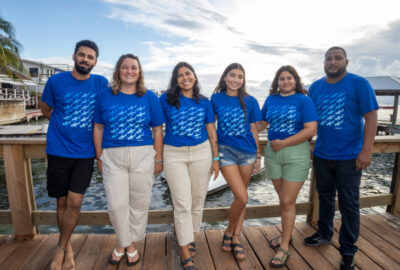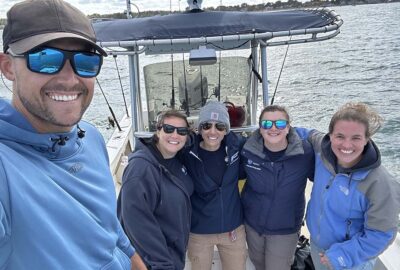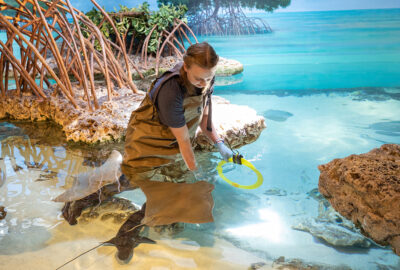Please note: We strongly recommend purchasing tickets online in advance during the heat wave, as our ticket booth is located outdoors.
Shoring Up U.S. Shark Management
Understanding the survival rate of sandbar sharks following catch and release in the Massachusetts shore-based shark fishery
By Jeff Kneebone, PhD on Wednesday, August 07, 2019

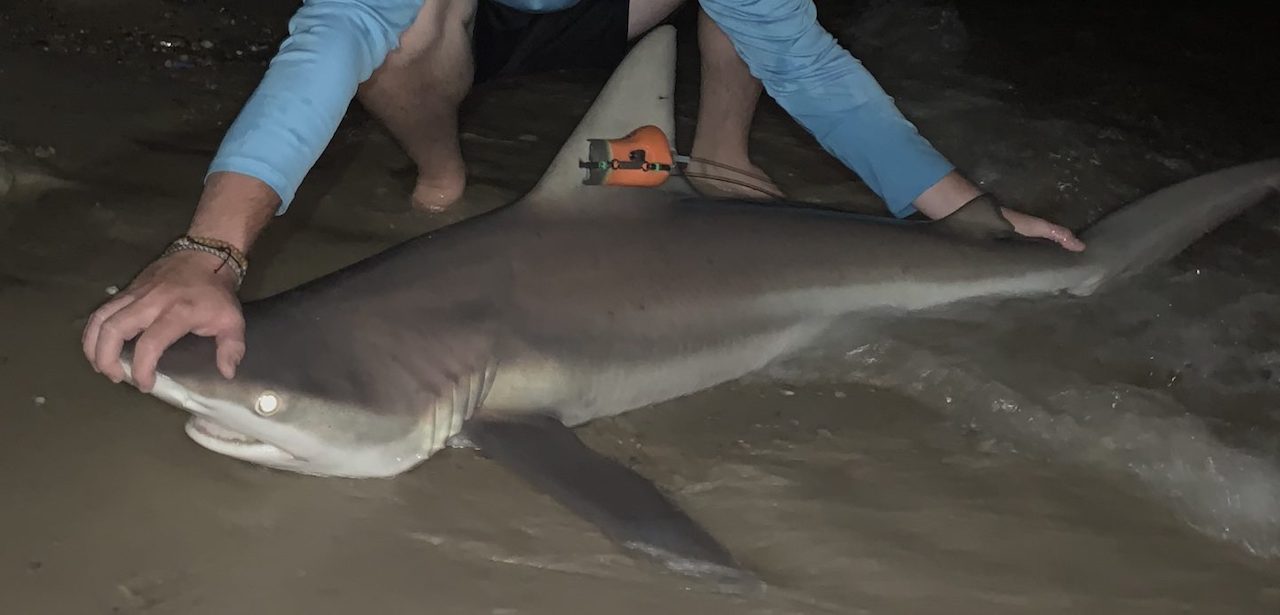
Recreational fishing for sharks from shore has grown dramatically in popularity over the last decade. Shore-based shark fishing not only provides recreational anglers with a low-cost opportunity to target coastal shark species, but offers the appeal of catching large fish without the need to own or charter a boat. Although many species of shark are captured by shore-based anglers along the U.S. East Coast, one of the most commonly targeted and captured species is the sandbar shark (Carcharhinus plumbeus).
In Massachusetts, directed shore-based recreational fishing for sandbar sharks has occurred on the Cape and Islands for decades. In the 1980s and 1990s, sandbar shark populations declined dramatically, and now Massachusetts state and U.S. federal laws require that all sandbar sharks captured by recreational fishermen must be released in “such a manner as to ensure the maximum probability of survival.” On the surface, catch and release may seem to be a viable strategy for promoting the recovery of the sandbar shark population. However, the number of sandbar sharks released in the shore-based fishery that die due to physiological stress and/or physical trauma incurred during the capture and handling event remains unknown.
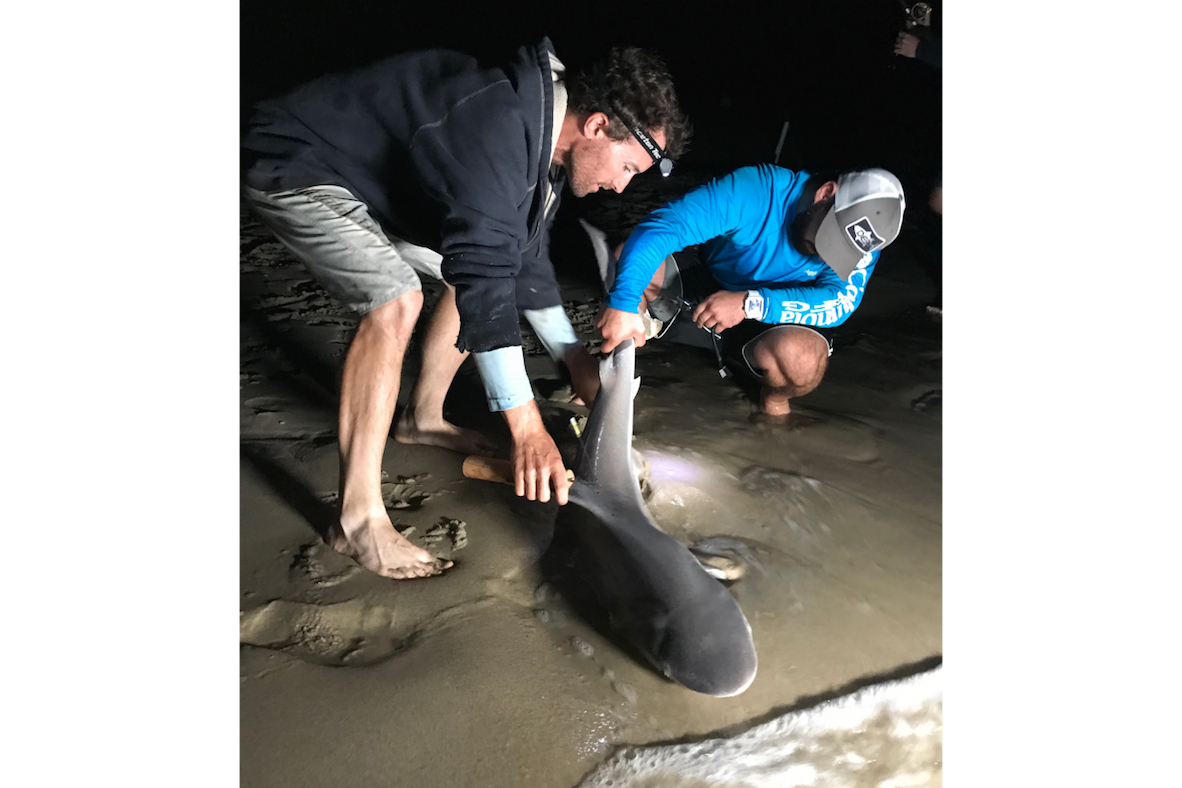
Previous studies suggest that sharks caught from the shore may experience lower survival rates, particularly if they are removed from the water. However, survival rates are often species-specific and can vary greatly based on the fishing gear and handling techniques used by the capturing fishermen.
Given the growing popularity of shore-based sandbar shark fishing in Massachusetts, as well as in other regions along the U.S. East Coast, it’s important to understand the impact this fishery may have on this local shark species, as well as the recovery of their population in the northwest Atlantic.
To fill this knowledge gap, Drs. Jeff Kneebone and Nick Whitney of the Anderson Cabot Center for Ocean Life recently began a study in collaboration with Dr. Greg Skomal of the Massachusetts Division of Marine Fisheries to estimate the survival rate of sandbar sharks following catch and release by Massachusetts shore-based shark fishermen.
Over the course of the summer, the team will partner with local fishermen to observe sandbar shark capture events and will monitor the fate of released sharks with acceleration data loggers (ADLs)—sometimes called Fitbits™ for sharks. Through this research, the team hopes to estimate the survival rate of sandbar sharks after shore-based catch and release and identify specific factors associated with capture and handling that impact survival. They also hope to develop best-practice capture and handling recommendations and conduct outreach to educate anglers on responsible fishing methods that maximize the chance that released sandbar sharks live to breed another day.

Preliminary work on this project has been successful, and tagging will continue throughout the summer as long and sandbar sharks are present along the south coast of Massachusetts.
Funding for this study is being provided by the NOAA Bycatch Reduction and Engineering Program. Study participants: Dr. Jeff Kneebone, Dr. Nick Whitney, Connor White (Anderson Cabot Center for Ocean Life); Dr. Greg Skomal (Massachusetts Division of Marine Fisheries).

